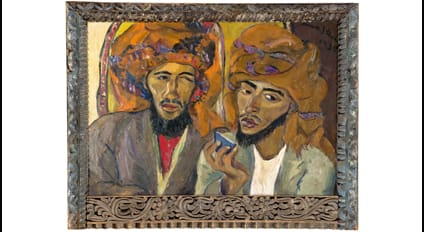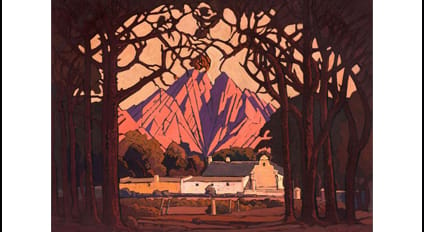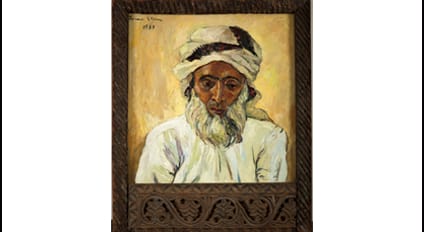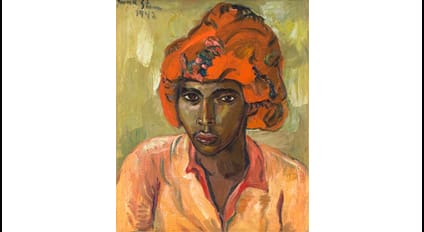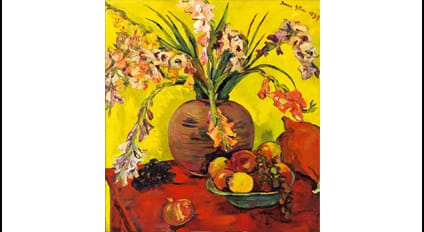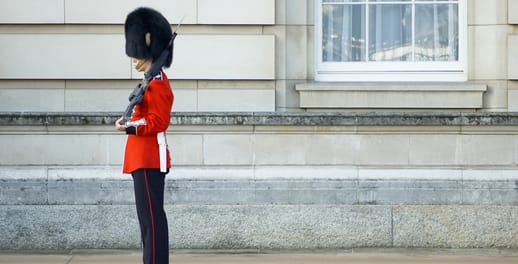Get Focus insights straight to your inbox
In 2017, a previously unseen painting by JH Pierneef (1928) sold for over R20-million at an auction held by Strauss & Co. The painting, Farm Jonkershoek with Twin Peaks Beyond, Stellenbosch (pictured below), fetched far more than its estimate of between R6-million and R8-million.

We asked Bina Genovese, joint managing director and auctioneer at Strauss & Co, a leading fine art auction house, to share her expertise on art auctions. While some might find the idea of attending an art auction intimating, let alone actually bidding on and buying a piece of art, there are a few simple tips that can make the whole experience a lot more enjoyable and hopefully help you to walk out with a beautiful artwork at a reasonable price.
“To ensure you make an informed decision, you have to do your homework. Research the artists that interest you, be informed about local and international trends, consult experts, visit galleries, art fairs and museums, and talk to collectors. It is also advisable to subscribe to reputable newsletters and websites.”
In advance of the sale, auction houses produce illustrated catalogues available for individual sale or in subscription packages. Apart from adorning coffee tables, these are important reference books and contain in-depth notes on the works on offer and, where relevant, information on provenance, where it was exhibited and literature. Catalogues can also be viewed online before the sale.
It’s always a good idea to attend the preview. You can have a look at the art and the experts are available to answer any questions you might have. You can even request condition reports. Previews are open to the public, so you can spend as much time there as you want and you are under no obligation to register for the auction.
When you arrive at the auction Genovese advises, “Head to the registration desk. You will be required to enter your details and you will get a paddle number. If you decide to purchase a lot, you will need to show the auctioneer your paddle number.
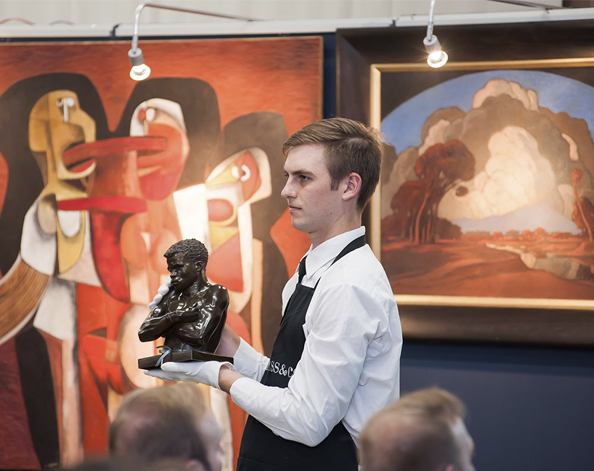
To ensure you make an informed decision, do your homework. Research the artists that interest you, be informed about local and international trends and consult experts.
When you arrive at the auction:
Head to the registration desk
You will be required to enter your details and you will get a paddle number. If you decide to purchase a lot, you will need to show the auctioneer your paddle number.
If you are a first-time buyer
Some auctions could require a refundable (holding) deposit at registration. It’s also a good idea to ask about extra charges, such as the buyer’s premium.
A buyer’s premium is a percentage charged on the hammer price, for example, 12% on items sold above R10,000 or 15% charged on items under R10,000. VAT at 14% is charged on the buyer’s premium - not the hammer price. Auction houses accept most forms of payment, including credit cards, cheques or EFT.
Before getting into the bidding, understand that the estimate is simply the price range of what the auction house believes the work could sell for, for example, R10,000 to R15,000. However, the reserve price is the set, minimum amount the item can sell for. Genovese explains, “If the reserve price is not reached the item will remain unsold. The auctioneer can bid up to below the reserve on behalf of the seller.”
How to master an art auction
And this is how you do it
-
Set a maximum price
Auctions can get competitive and emotional – it’s easy to get caught up in the excitement and bid far more than you intended. Make sure you set yourself a maximum price you're willing to pay, upfront.
-
Be confident
“Auctioneers will generally know who expressed interest in a particular work. If you are a new kid on the block, you could get ignored if you don’t hold your paddle up confidently," Genovese advises.
-
Stay focussed
Do not get involved in a bidding war just because you are feeling competitive. If you question your self-control, take a friend along to keep you focused.
-
Be visible
It may be advisable to sit on the side of the room, so spotters can easily see your bidding should the auctioneer not see you,” Genovese adds.
-
Have a clear strategy
Auctions move fast so when your item comes up, be strategic. Either jump in immediately or wait to determine the general interest.
-
Don't hesitate
If you hesitate too long, the hammer could come down before you have worked
up the courage to place a bid.

If the thought of a live auction is too intimidating, try participating in an online-only auction. Prices vary significantly so this is a great way for art enthusiasts to get started with an art collection.
Featuring more affordable items, online-only auctions are increasing in popularity worldwide and generally last about a week. You can register on the website, browse the items on sale and submit a bid on a lot you are interested in. You will receive an SMS to confirm receipt of your bid. If a higher bid is submitted, you will receive an SMS to give you the opportunity to submit another, higher bid. You can also leave a commission bid.
Genovese explains, “With a commission bid, you submit the highest amount you are prepared to pay for a work. For example, if you are prepared to pay up to R5,000, but the bidding only reaches R4,000, you will purchase the item at the next increment (in this case R200), which is R4,200.”
Most importantly – do not bid if you are not absolutely sure you want to buy. When the hammer falls and you have the winning bid, you are committed to the purchase.
Highest prices paid on auction for South African art works at Strauss & Co. Auctioneers
R21,166,000
'Two Arabs' - Irma Stern
R20,462,400
'Farm Jonkershoek with Twin Peaks Beyond, Stellenbosch' - JH Pierneef
R17,267,000
'Arab' - Irma Stern
R13,641,600
'Young Arab' - Irma Stern
R13,368,000
'Gladioli' - Irma Stern
Art auction terminology: a glossary
- Absentee bid/proxy bid - A bid on an item without being physically present.
- Appraisal - A formal evaluation of the market value of an item.
- Bid increment - The amount the auctioneer increases the bidding, usually in increments of 10%.
- Buyer’s premium - Charged by the auctioneer, it’s an amount paid above the hammer price as part of the total purchase price.
- Estimate - The range (a low and high estimate) in which an item might sell at auction.
- Fair warning - A warning given by the auctioneer that the hammer is about to come down, giving bidders one last chance to bid.
- Gavel - Another name for the auctioneer’s hammer used to close the bidding.
- Hammer price - The price on which the auctioneer’s hammer falls (winning bid or sale price). It does not include the buyer's premium.
- Paddle - An object displaying the number assigned to a bidder when registering at the auction.
- Provenance - Provenance establishes the chain of ownership back (if possible) to the date an item was created. It’s an important part of the authentication process and can significantly impact an item’s value.
- Reserve or reserve price - Never formally disclosed, the reserve price is the confidential minimum sale price agreed on.
Visit our Investec Cape Town Art Fair insights page for more articles, videos and podcasts.
About the author
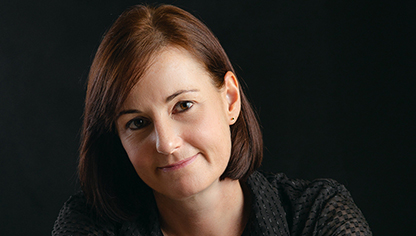
Karen Meyer
Digital content writer
Karen has degrees in BA Communications and Honours in Journalism. She's responsible for writing and editing all the communication for Investec Private Banking. She has extensive experience in corporate communication and has worked in marketing for some of the country’s biggest brands.

